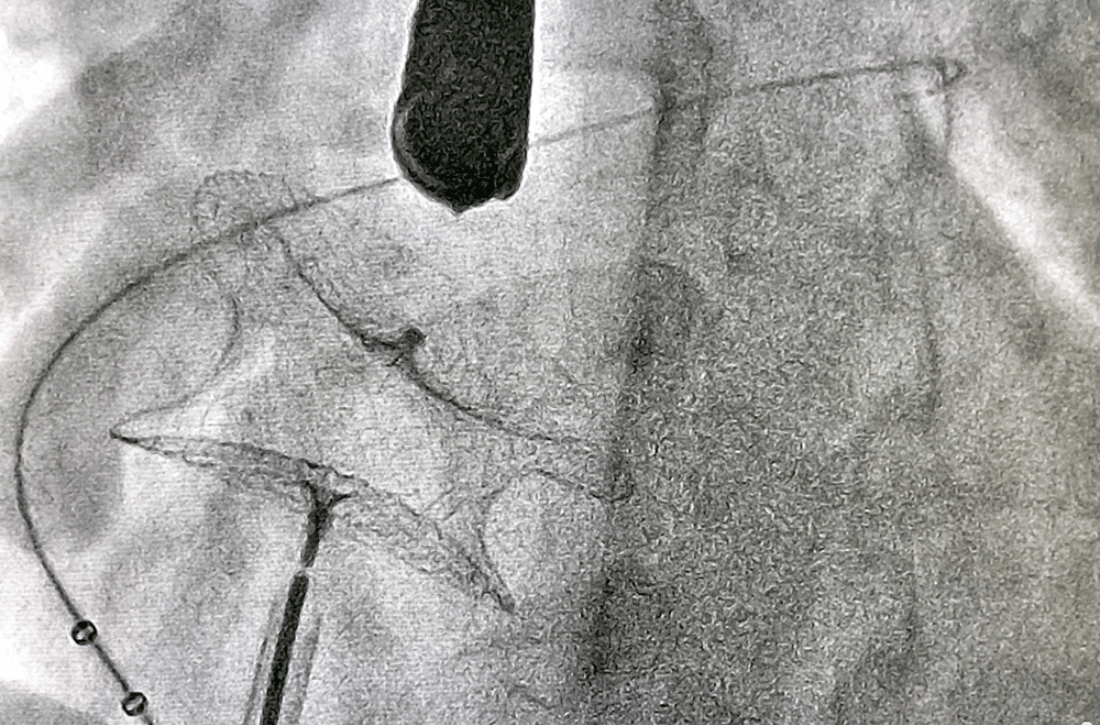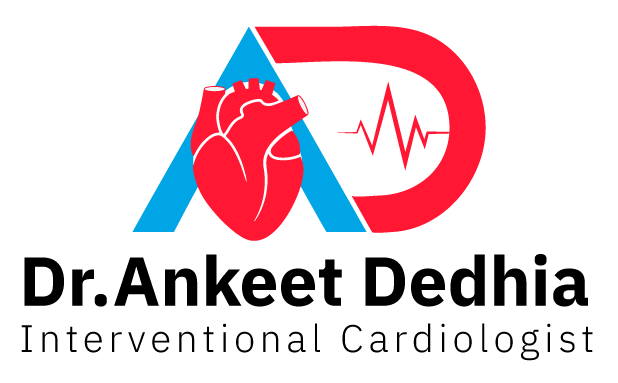ASD Device Closure
Home - ASD Device Closure

Atrial Septal Defect (ASD) is a congenital heart defect characterized by a hole in the wall (septum) that separates the two upper chambers of the heart (atria). This defect allows oxygen-rich blood from the left atrium to mix with oxygen-poor blood in the right atrium, potentially causing various complications. ASD device closure is a minimally invasive procedure used to close this hole, restoring normal blood flow and preventing future heart-related issues.
Understanding Atrial Septal Defect (ASD)
The atrial septum is a critical structure in the heart that prevents the mixing of oxygenated and deoxygenated blood. When a defect occurs in this septum, it can lead to:
- Increased blood flow to the lungs
- Enlargement of the right side of the heart
- Increased risk of arrhythmias
- Heart failure
- Pulmonary hypertension
Types of ASD
- Secundum ASD: Located in the middle of the atrial septum; the most common type.
- Primum ASD: Located in the lower part of the atrial septum, often associated with other congenital defects.
- Sinus Venosus ASD: Located near the junction of the superior or inferior vena cava and the right atrium.
- Coronary Sinus ASD: A rare type involving the coronary sinus.
Indications for ASD Device Closure
ASD device closure is recommended for patients who have:
- Significant left-to-right shunt with symptoms such as shortness of breath, fatigue, or palpitations.
- Right heart enlargement or dysfunction.
- History of stroke or transient ischemic attack (TIA) related to ASD.
- Evidence of pulmonary hypertension.
Components of ASD Device Closure
The ASD device closure involves the following components:
- Delivery System: A catheter-based system used to deliver the closure device to the heart.
- Closure Device: A specially designed device, often made of metal and fabric, that seals the ASD by expanding on either side of the septal defect.
The ASD Device Closure Procedure Pre-Procedure Preparation
- Medical Evaluation: A thorough evaluation including echocardiography, cardiac MRI, and possibly a cardiac catheterization to assess the size, location, and impact of the ASD.
- Discussion of Procedure: Your cardiologist will explain the procedure, its benefits, risks, and alternative treatment options.
Procedure Steps
- Anesthesia: The procedure is typically performed under general anesthesia or conscious sedation to ensure patient comfort.
- Accessing the Heart: A catheter is inserted through a vein in the groin and guided to the heart using fluoroscopic and echocardiographic imaging.
- Positioning the Device: The closure device is positioned across the ASD and deployed, expanding to cover the hole on both sides of the septum.
- Securing the Device: The device is checked for stability and proper placement. Once confirmed, the catheter is removed.
Recovery and Hospital Stay
- Immediate Post-Procedure: Patients are monitored in a recovery area for several hours. Most patients can go home the next day.
- Follow-Up Care: Follow-up visits are scheduled to monitor the device’s position and heart function using echocardiography.
Living with an ASD Device Closure
- Activity Restrictions: Light activities can usually be resumed within a few days. Strenuous activities should be avoided for several weeks.
- Medication Adherence: Patients may need to take antiplatelet medications to prevent blood clots and manage any other underlying heart conditions.
- Regular Follow-Up: Regular check-ups are crucial to ensure the device remains in place and the heart is functioning well.
Conclusion
ASD device closure is a highly effective, minimally invasive procedure for treating atrial septal defects, improving symptoms, and preventing future complications. Dr Ankeet Dedhiya and our experienced team of cardiologists are dedicated to providing personalised care and utilising advanced technology to ensure the best outcomes for our patients. If you or a loved one is experiencing symptoms of ASD or has been diagnosed with this condition, contact us today to schedule a consultation and explore your treatment options.
FAQ
Frequently Asked Questions
An atrial septal defect (ASD) is a congenital heart defect characterized by a hole in the wall (septum) that separates the two upper chambers of the heart (atria). This allows oxygen-rich blood to mix with oxygen-poor blood, which can lead to various complications.
Symptoms can include shortness of breath, fatigue, palpitations, and in severe cases, heart failure or stroke. Some individuals may have no symptoms and the defect is discovered during routine examinations.
ASDs are typically diagnosed through echocardiography (heart ultrasound), which can visualize the defect and assess its size and impact on the heart.
ASD device closure is a minimally invasive procedure that uses a catheter to place a closure device in the heart, sealing the hole in the septum.
Candidates are usually those with significant left-to-right shunt, symptoms related to ASD, right heart enlargement or dysfunction, or a history of stroke related to the defect.
The procedure involves inserting a catheter through a vein in the groin, guiding it to the heart, and deploying the closure device across the ASD using imaging techniques for guidance.
The procedure is performed under general anaesthesia or conscious sedation, so patients do not feel pain during the procedure. Some discomfort at the catheter insertion site may be felt afterwards.
Risks include device dislodgement, blood clots, arrhythmias, infection, and allergic reactions to the device materials. However, serious complications are rare.
Most patients can return to normal activities within a few days, though strenuous activities should be avoided for several weeks. A follow-up visit is typically scheduled to ensure proper device placement and heart function.
Patients may be prescribed antiplatelet medications to prevent blood clots and other medications to manage any underlying heart conditions.
The closure device is designed to be a permanent solution. Over time, heart tissue grows over the device, fully incorporating it into the septum.
Yes, regular follow-up visits are necessary to monitor the device's position, ensure it is functioning properly, and assess overall heart health.
Most modern ASD closure devices are MRI-compatible, but you should always inform your healthcare provider about the device before undergoing any imaging studies.
Patients are generally encouraged to maintain a heart-healthy lifestyle, including regular exercise, a balanced diet, and avoiding smoking. Specific restrictions on activities may apply temporarily after the procedure.
ASD device closure has a high success rate with significant improvements in symptoms and a reduction in complications associated with ASD. Regular monitoring ensures long-term success.
